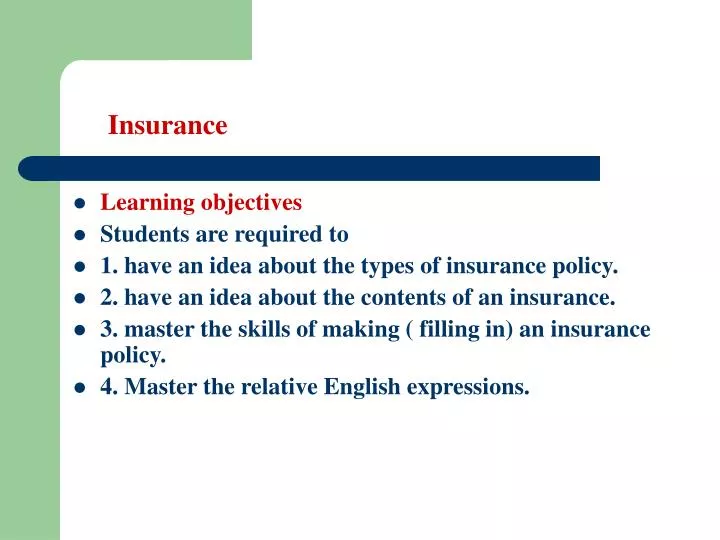The Of Pacific Prime
The Of Pacific Prime
Blog Article
Getting My Pacific Prime To Work
Table of ContentsRumored Buzz on Pacific PrimeSee This Report about Pacific PrimePacific Prime Fundamentals ExplainedFacts About Pacific Prime RevealedThe 30-Second Trick For Pacific Prime

This is due to the fact that the data were accumulated for a period of solid financial performance. Of the approximated 42 million individuals who were without insurance, just about about 420,000 (regarding 1 percent) were under 65 years old, the age at which most Americans become eligible for Medicare; 32 million were grownups in between ages 18 and 65, about 19 percent of all adults in this age team; and 10 million were children under 18 years of age, concerning 13.9 percent of all youngsters (Mills, 2000).
These quotes of the number of persons uninsured are created from the yearly March Supplement to the Current Populace Study (CPS), performed by the Census Bureau. Unless otherwise kept in mind, nationwide estimates of people without medical insurance and percentages of the population with different type of insurance coverage are based on the CPS, the most commonly made use of resource of quotes of insurance policy coverage and uninsurance prices.
What Does Pacific Prime Do?

Still, the CPS is especially useful due to the fact that it generates yearly estimates relatively quickly, reporting the previous year's insurance policy protection estimates each September, and because it is the basis for a consistent collection of quotes for more than 20 years, permitting for evaluation of patterns in protection in time. For these reasons, as well as the extensive use the CPS in various other researches of insurance policy protection that exist in this report, we rely on CPS price quotes, with constraints kept in mind.

The estimate of the variety of uninsured individuals expands when a populace's insurance standing is tracked for several years. Over a three-year duration beginning early in useful source 1993, 72 million people, 29 percent of the united state populace, lacked protection for a minimum of one month. Within a solitary year (1994 ), 53 million people experienced at the very least a month without protection (Bennefield, 1998a)
Six out of every 10 without insurance adults are themselves used. Although working does improve the chance that a person and one's member of the family will have insurance, it is not a guarantee. Even participants of households with 2 full time breadwinner have nearly a one-in-ten chance of being without insurance (9.1 percent uninsured rate) (Hoffman and Pohl, 2000).
The 10-Minute Rule for Pacific Prime
New immigrants account for a significant proportion of people without medical insurance. One analysis has associated a substantial portion of the recent growth in the size of the U.S. without insurance populace to immigrants that arrived in the country between 1994 and 1998 (Camarota and Edwards, 2000). Recent immigrants (those who involved the United States within the past four years) do have a high rate of being uninsured (46 percent), however they and their youngsters make up just 6 percent of those without insurance coverage country wide (Holahan et al., 2001).
The partnership between medical insurance and access to care is well established, as recorded later in this phase. The partnership in between health and wellness insurance coverage and health and wellness end results is neither straight neither easy, a substantial professional and health solutions study literary works web links health insurance coverage to better access to care, far better high quality, and enhanced individual and population health standing.
Degrees of analysis for examining the results of uninsurance. This discussion of medical insurance coverage concentrates mostly on the U.S. populace under age 65 because virtually all Americans 65 and older have Medicare or various other public protection. Furthermore, it concentrates particularly on those with no medical insurance for any kind of size of time.
Little Known Facts About Pacific Prime.
The problems faced by the underinsured are in some areas comparable to those faced by the without insurance, although they are usually much less severe. Health and wellness insurance coverage, nevertheless, is neither needed nor adequate to gain accessibility to medical solutions. The independent and direct effect of health and wellness insurance protection on access to wellness services is well developed.
Others will obtain the health and wellness care they require even without wellness insurance coverage, by paying for it expense or seeking it from carriers that use care free or at extremely subsidized rates. For still others, wellness insurance policy alone does not make sure receipt of care because of various other nonfinancial barriers, such as a lack of wellness treatment service providers in their area, restricted accessibility to transportation, illiteracy, or etymological and cultural distinctions.
Some Known Incorrect Statements About Pacific Prime
Formal research study concerning uninsured populations in the United States dates to the late 1920s and early 1930s when the Committee on the Expense of Treatment produced a series of reports regarding financing physician office brows through and hospitalizations. This issue became prominent as the numbers of clinically indigent climbed up throughout the Great Clinical depression.
Report this page